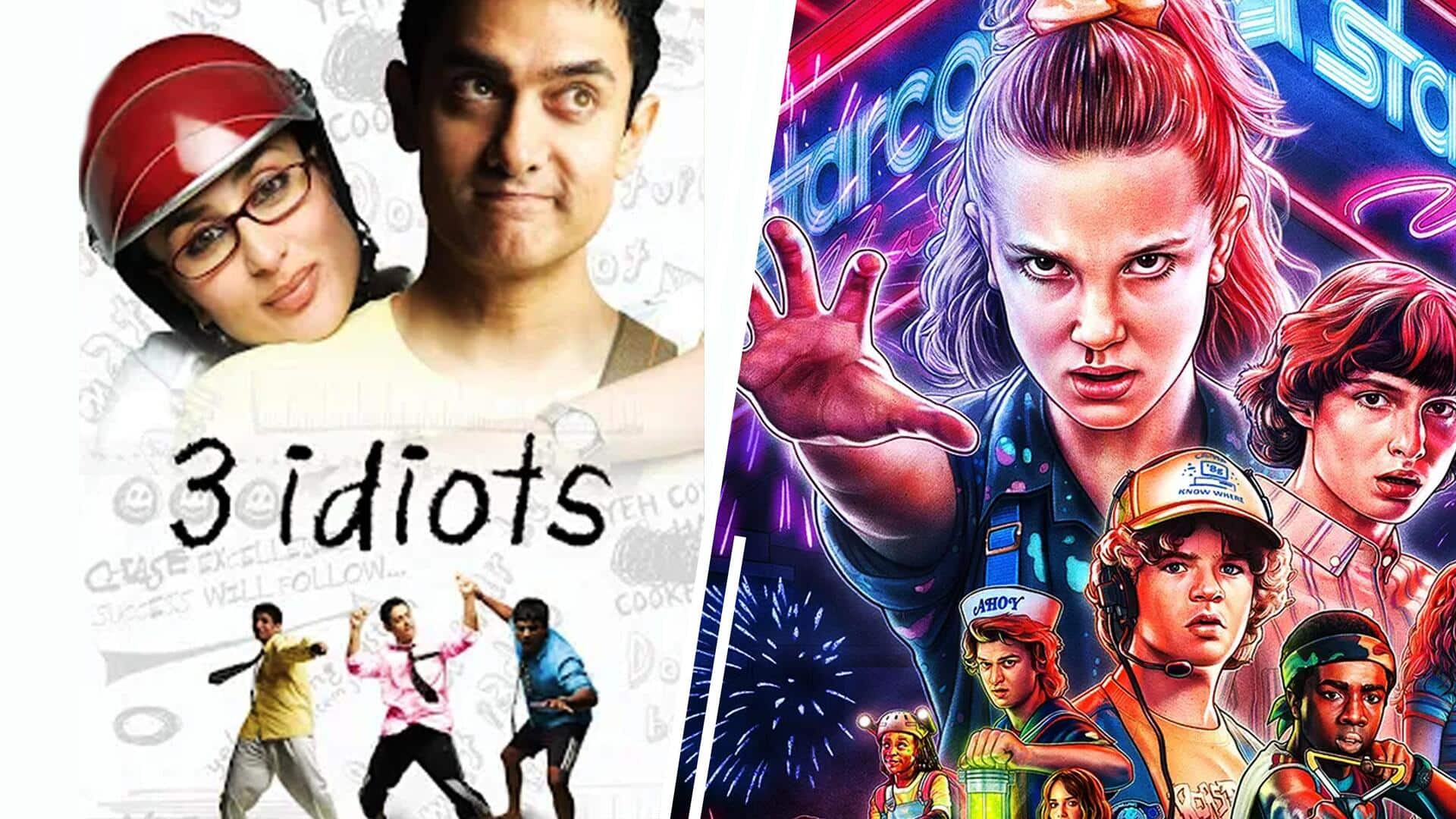
Explainer: Understand Smurfette Principle; why do men outnumber women onscreen
What's the story
While watching a film, does it ever happen to you that you get irked by the way gender politics play out onscreen? More specifically, when you see that the number of men onscreen outweighs the number of women, even though the script could have easily accommodated both genders. This pattern, which also shows up in film posters, is known as the Smurfette Principle.
#1
Understand it through this definition
TV Tropes says, "The Smurfette Principle is in action when the cast is made up of a group of males and exactly one female. This can occur even in works with large casts, so long as each sub-ensemble (of five or more) contains only one female character." The woman can exist at extremes—either a damsel in distress or someone pivotal to the screenplay.
#2
Nomenclature: Origin of the term
Critic Katha Pollitt coined the term in 1991 in The New York Times, "Contemporary shows are either essentially all-male, like Garfield, or are organized on what I call the Smurfette Principle." "Boys are the norm, girls the variation; boys are central, girls peripheral; boys are individuals, girls types. Boys define the group, its story and its code of values. Girls exist only [for] boys."
#3
Its relation to 'The Smurfs' comics
The principle gets its name from Smurfette, the female fictional character from The Smurfs comics. She is reportedly the only female in this comic book of humanoid creatures. Pollitt further opined, "[Kids pick up on the sexism in children's culture]. Preschoolers are like medieval philosophers: the text -- a book, a movie, a TV show -- is more authoritative than their eyes' evidence."
#4
Bollywood examples: '3 Idiots,' 'War,' and other films
Though Bollywood has come a long way and is breaking out of patriarchal shackles, there are several movies that fit this principle. Some examples are Kareena Kapoor Khan in 3 Idiots, Gracy Singh in Munna Bhai M.B.B.S., Anushka Sharma in PK, Richa Chaddha in Fukrey series, Ananya Panday in Dream Girl 2, Vaani Kapoor in War, and Vidya Balan in Heyy Babyy.
#5
Hollywood examples: 'The Matrix' and 'Stranger Things'
Hollywood is also notorious for films that are led by male actors, with women actors only thrown in the mix for tokenism. You will notice this tendency in most (not all) movies of the MCU and the DC, Millie Bobby Brown in Stranger Things, Kaley Cuoco in The Big Bang Theory, Elaine Benes in Seinfeld, and Carrie-Anne Moss in The Matrix, etc.
Gender inversion
This problem has now led to 'gender inversion'
Since this blatant sexism is so noticeable in big films and television projects, this has given birth to a new phenomenon, that of "gender-inversion," where films focus strictly on the female cast, with male actors simply lurking in the shadows. Some examples would be Ocean's Eight and Ghostbusters: Answer the Call. The recent Hindi films Dhak Dhak and Thank You for Coming also qualify.
Sitcoms
Some sitcoms, thankfully, get it right
Sitcoms like The Office, Schitts' Creek, F.R.I.E.N.D.S, and Brooklyn Nine-Nine are good examples of projects where there is a healthy balance of both genders and the two are not pitted against each other. In The Office, Jan, Pam, Kelly, Phyllis, etc, all have their arcs, and in F.R.I.E.N.D.S, the group comprises three men and three women. Filmmakers, please take note.